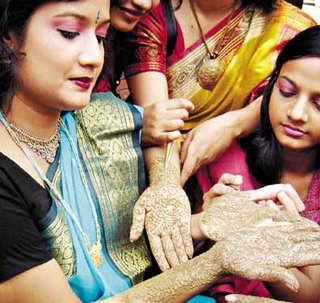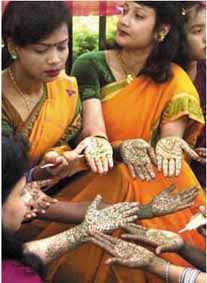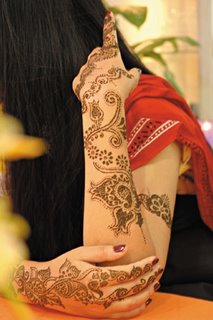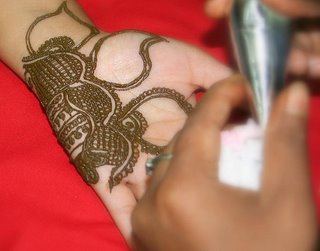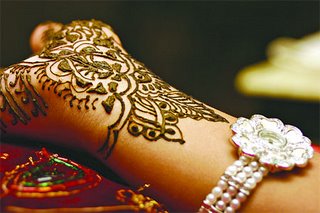
*Dedicated to Saddam Hussain*

Baitul Mukarram, Dhaka
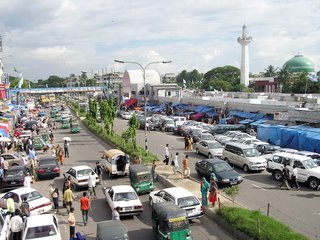
New Market area - a favourite place for the young
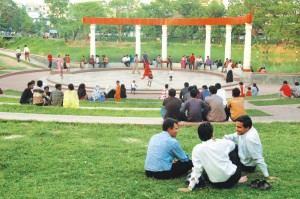
Dhanmondi Residential Area
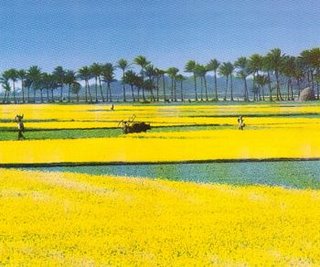
Harvest time

Bull fight in village during festival

A river scene - overloaded cargo

Explosion in Kansat - April 2006
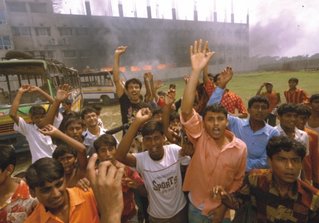
Garment factory put to torch
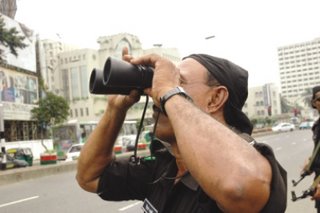
RAB (Rapid Action Battalion) vigilance

Unequal match!
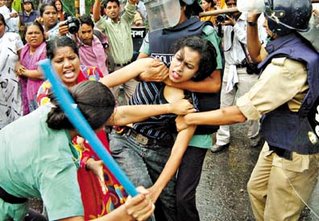
Kungfu with police

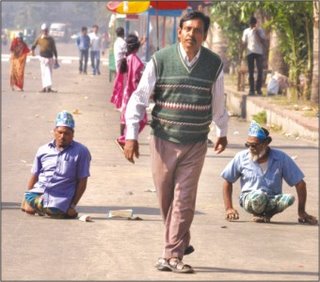
Handicaps not far behind
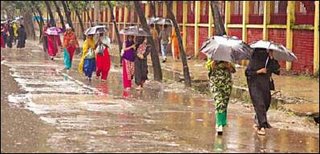
Braving the rain and inclement weather

Coexistence

Dhaka's face marred by bulls-kiln brickfield built around

Leisure and 'chatpati' [read more in Phuchka stalls in Dhaka]

Tribal (adivasi) rally in the city
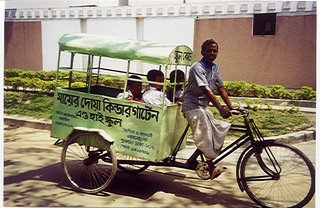

Long wait for a ticket

The lucky ones!

Homebound for Eid

Garment ladies - the life line of country's economy

Bullock carts with sacks of grain to city

View of Cox's Bazar
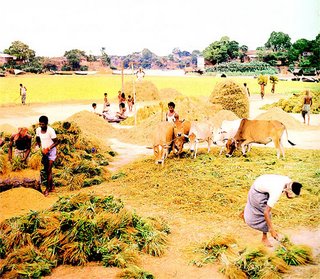
Rice thrashing

Ducks on the way to market
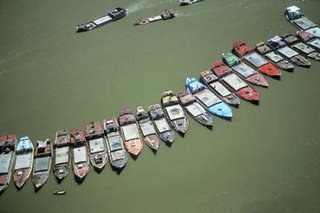
Trawlers for carrying earth

Snake charmers' (bede) boats


Pedestrians take risky steps on curb of Ramna overbridge as deck remain under foul water

Bamboo bridge (Shako) in village

Bargain over New Market foot overbridge

Sells for Tk. 5/-


Hardway to earn a meal
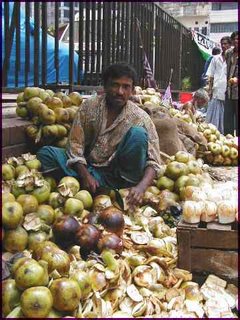
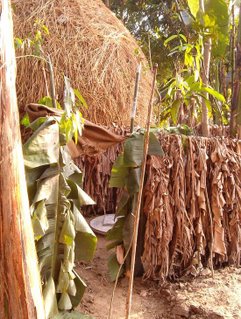
Palm fruits in demand -------- innovative curtain for sanitary latrine in village
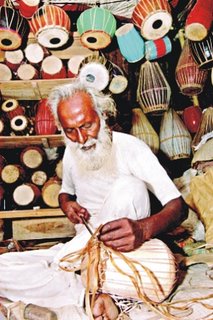

Tabla master (hand drum) ------ Golden fibre of Bangladesh (Jute)

Common man's fan - made from palm leaf

Mason helpers pose for camera
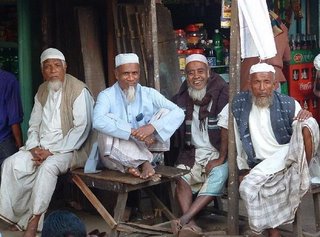
Four elderly in shop
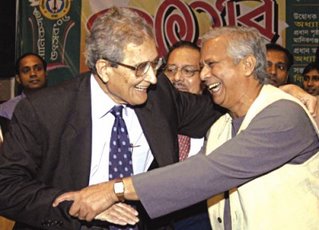
Nobel laureates Prof. Amartya Sen and Prof. Muhammad Yunus (R) at Dhaka


